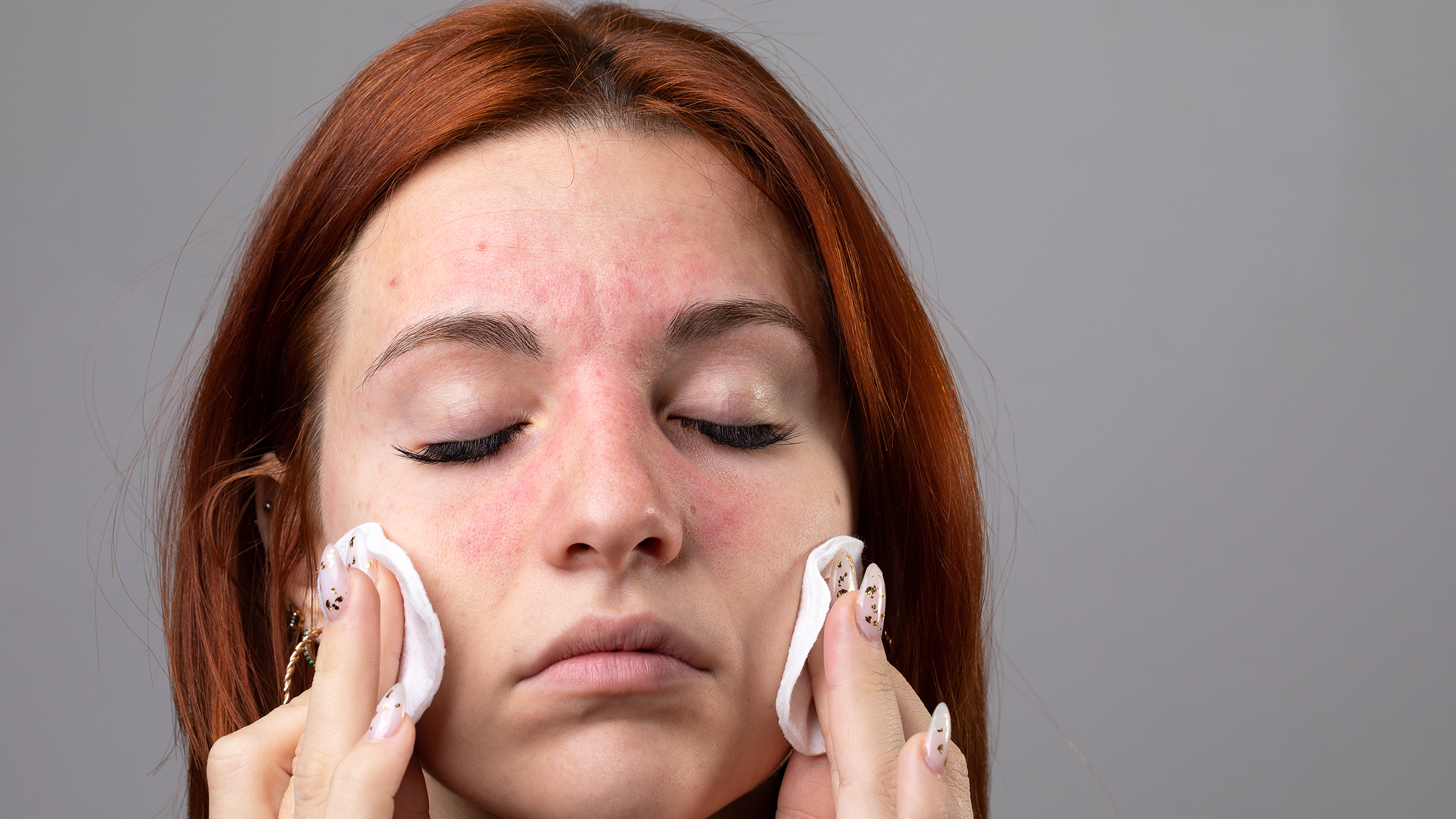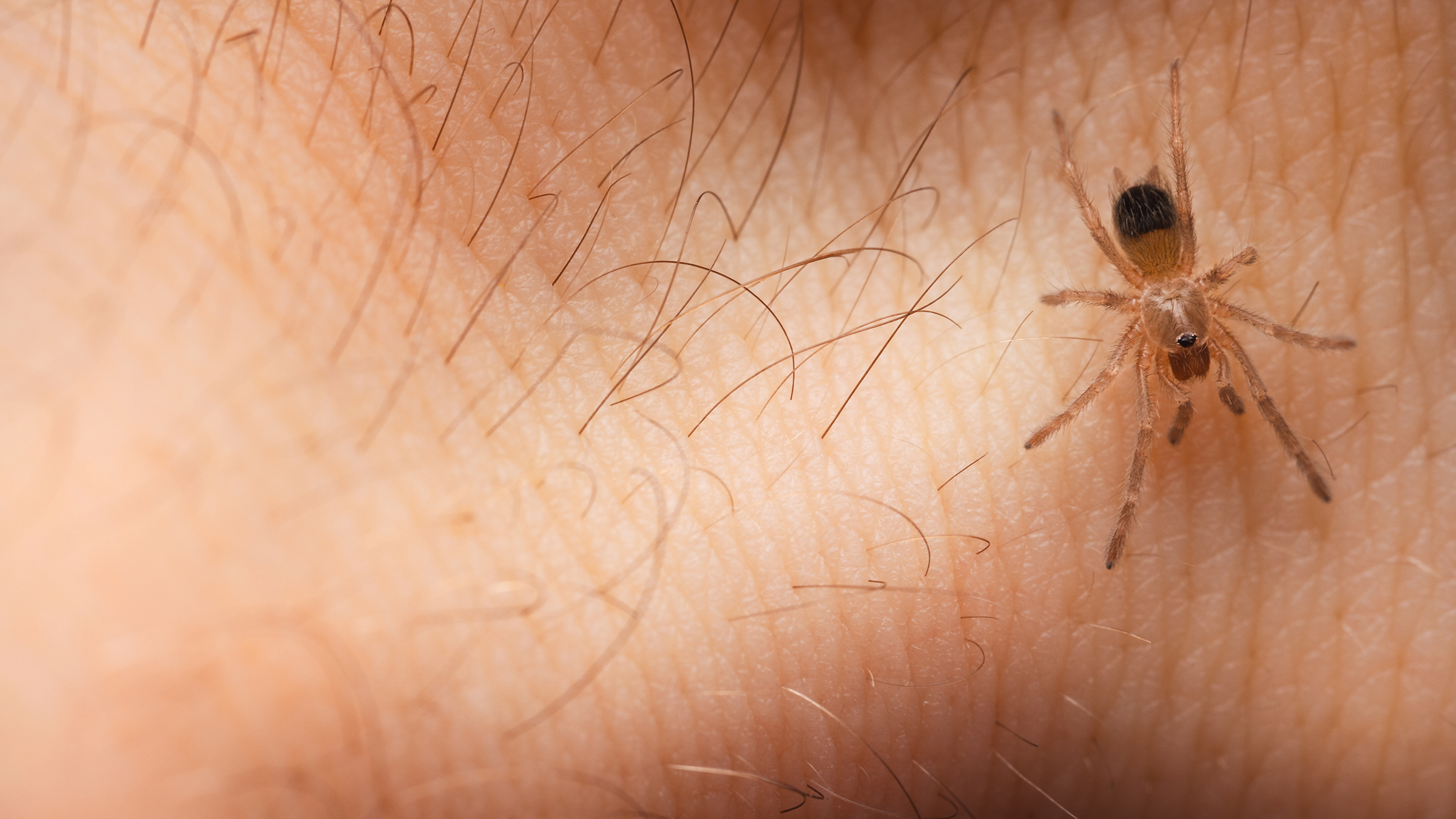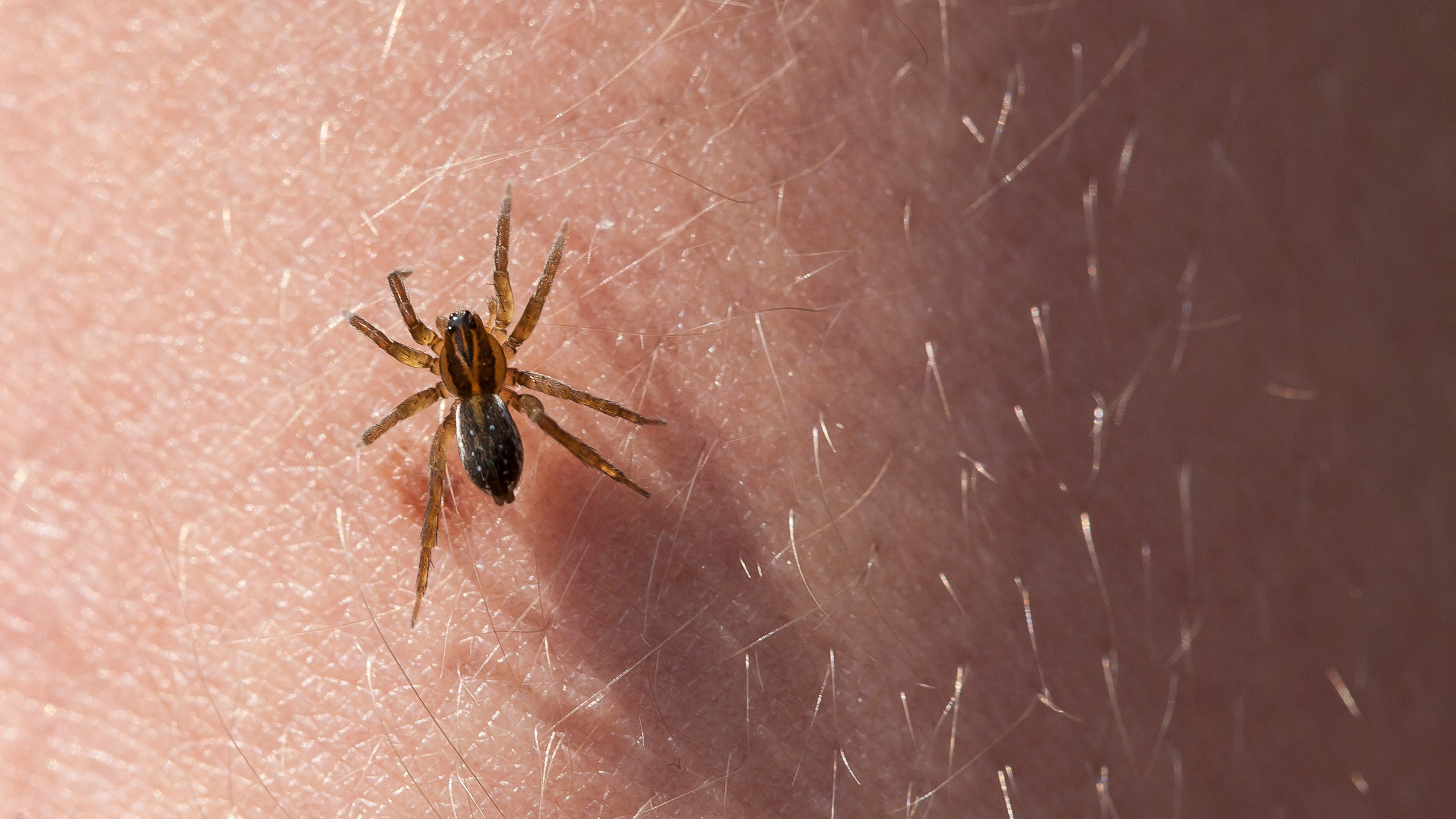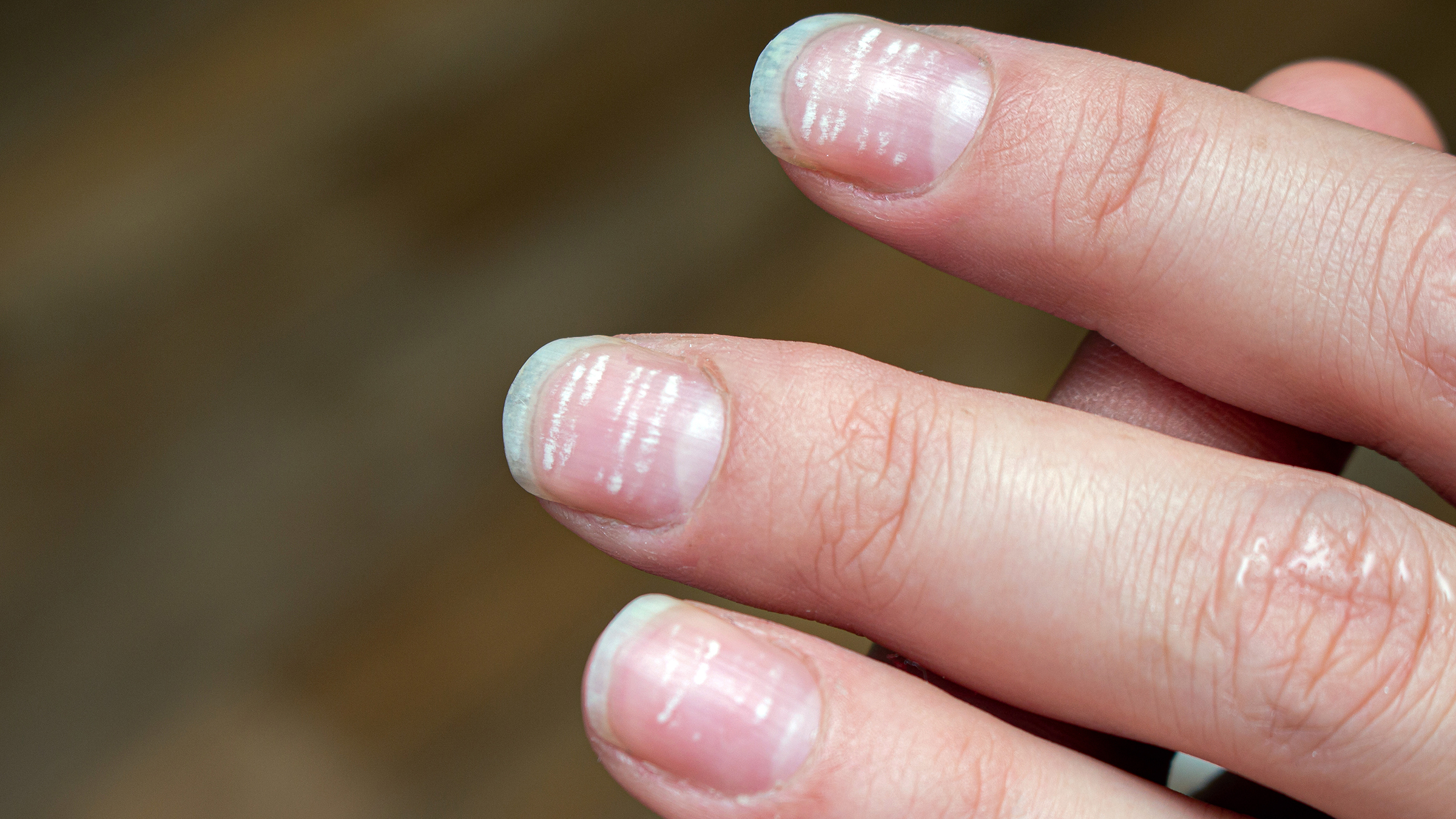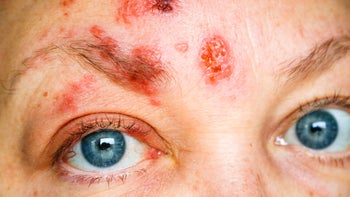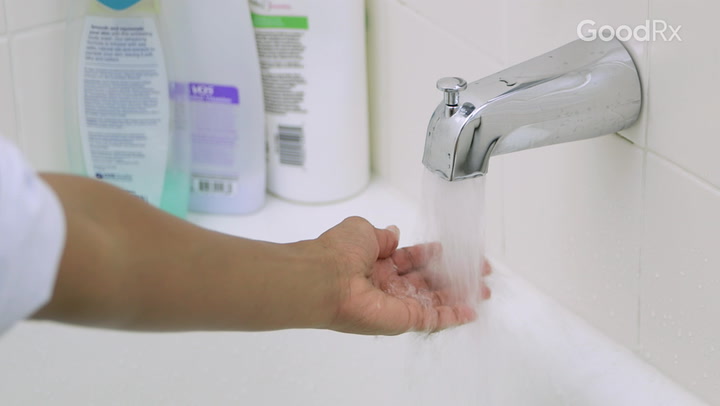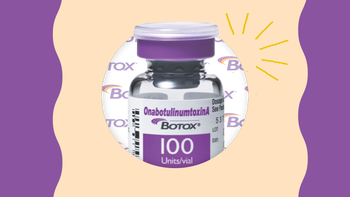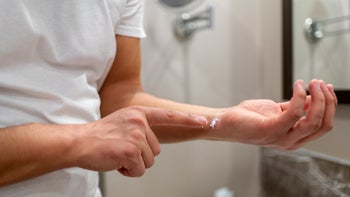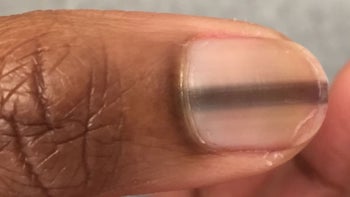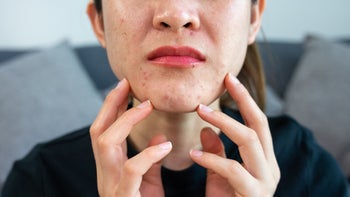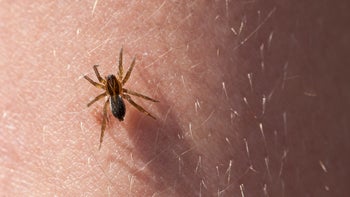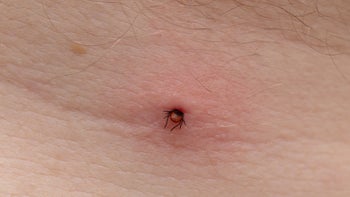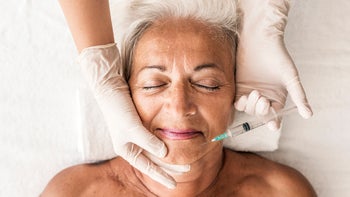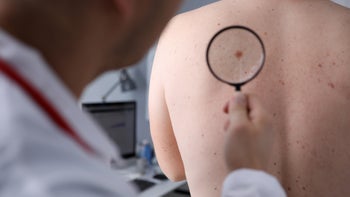
Perioral Dermatitis: How to Spot and Treat This Common Rash (With Images)
Key takeaways:
Perioral dermatitis is a common condition that causes a rash around the nose and mouth. The rash itches and burns.
Perioral dermatitis can look similar to acne and rosacea, and it can be hard to tell the difference.
It has different triggers, causes, and treatments, so it’s important to get the right diagnosis.
Table of contents
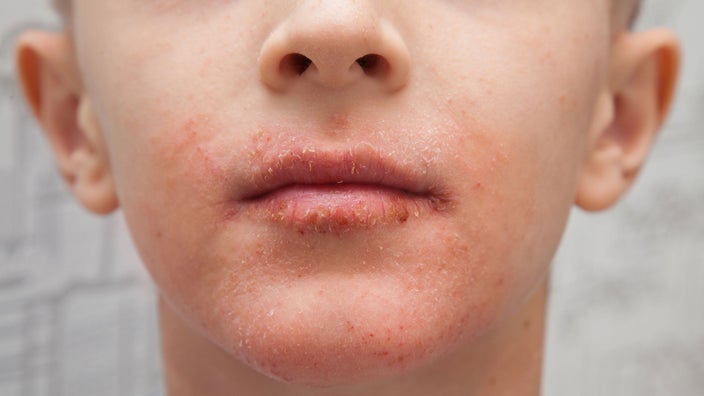
Do you have pimples around your mouth that won’t go away despite your best efforts? It could be a rash you’ve never heard of — perioral dermatitis. It’s less well known than rosacea and acne, but it’s just as common. And it can look very similar.
But because it’s a different rash, you’ll be dealing with a different set of causes and treatments. So it’s helpful to be able to tell the difference between perioral dermatitis and other common facial rashes.
What is perioral dermatitis?
Perioral dermatitis is a common rash on the face. Breakouts usually happen around the mouth — that’s what “perioral” means. But the rash can show up on other parts of the face, too.
Anyone can get perioral dermatitis. But it’s most common in women between the ages of 20 to 45 years old.
Is perioral dermatitis contagious?
No, perioral dermatitis is never contagious. You can’t get it from being around someone who has it or coming into contact with the rash, like through hugging or kissing.
Causes and triggers of perioral dermatitis
Experts aren’t exactly sure what causes perioral dermatitis.
There are likely a few things that can contribute to or trigger it:
Irritation from skin care products, like make-up and creams
Changes in hormone levels
Use of topical steroids on the face for a long period of time
Use of inhaled or intranasal (in the nose) steroids
Use of toothpaste with fluoride in it
Chewing gum
Dental fillings
WHAT TO READ NEXT
Popular stories this week
Perioral dermatitis symptoms and images
The main symptom of perioral dermatitis is a rash around the mouth. Sometimes the rash spreads around the nose and eyes. Some people may have it around the genitals (peri-orificial dermatitis).
Here are the typical features of a perioral dermatitis rash:
Small bumps that are pink or red (in fair skin) or violet or brown (in dark skin)
Small patches that can be dry, scaly, or flaky
Itching, burning, or stinging sensation around the rash
Sometimes the bumps are filled with clear or white fluid.



In darker skin, mild perioral dermatitis can be harder to see. The violet or brown bumps can look faint.
In dark skin, more severe perioral dermatitis can lead to dark-brown discoloration called post-inflammatory hyperpigmentation. This discoloration isn’t permanent. But it can take weeks or even months to fade back to the normal skin color.
How is perioral dermatitis different from rosacea and acne?
Perioral dermatitis can look a lot like rosacea and acne, but there are some key differences.
We’ll go over some clues to help you tell the difference. If you’re still not sure which one you have, talk with your primary care provider or dermatologist. They’ll usually be able to make a diagnosis based on what they see on your skin and the symptoms you describe.
Perioral dermatitis vs. rosacea
Perioral dermatitis commonly affects the area around the mouth and nose. Rosacea usually affects the cheeks, nose, chin, and forehead. And rosacea is often associated with flushing, while perioral dermatitis is not.
Because of the similarities, some experts think perioral dermatitis is a variant of rosacea. But others consider them different conditions since they have different root causes.

Perioral dermatitis vs. acne
Like perioral dermatitis, acne can cause bumps and pimples around the mouth and nose. But acne also affects other areas that aren’t typical for perioral dermatitis. This includes other parts of the face (like the forehead, chin, and cheeks), the chest, and the back.
People with acne usually have whiteheads and blackheads, too. But this isn’t the case with perioral dermatitis.

How to treat perioral dermatitis
The first step in treating perioral dermatitis is to identify any products that could be causing or triggering it. Then stop using them. This may take a little bit of trial and error. So be patient with yourself.
Here’s how to go about this:
Review your daily routine and remove any new products you started.
Simplify your skin routine, and remove unnecessary products.
Stick to a mild, fragrance-free cleanser, moisturizer, and sunscreen made for sensitive skin.
Wait. It can take weeks to notice an improvement in your rash after stopping the trigger. Don’t expect results overnight.
Once your skin has improved, bring back in one product at a time. Then wait a couple weeks to make sure your rash doesn’t flare.
Keep in mind that the most common trigger for perioral dermatitis is topical steroids, which you may be using to treat a different condition (like face eczema). When you stop using steroids, it’s common for perioral dermatitis to get worse. If this happens, you may be tempted to apply topical steroids again. But it’s important to avoid this. Topical steroids can improve symptoms in the short run, but they make perioral dermatitis worse in the long run.
Medications for perioral dermatitis
Medications can help manage perioral dermatitis symptoms. In mild cases, medicated creams or lotions may be enough. More serious symptoms may need a short course of antibiotic pills.
Common medications include:
Metronidazole cream or gel
Clindamycin gel or lotion
Erythromycin gel
Sulfur creams
Azelaic acid gel
Tacrolimus (Protopic) or pimecrolimus (Elidel)
Doxycycline, tetracycline, or minocycline pills
Perioral dermatitis usually improves slowly, and it can take weeks or months to clear completely. Symptoms may return in some people, especially if they use creams that contain steroids.
The bottom line
Perioral dermatitis is a common cause of facial rash, and it can look similar to acne and rosacea. It causes small bumps and patches of flaky skin — usually around the mouth and nose. It’s also common to have a burning, itching, or stinging sensation.
Often the cause of perioral dermatitis is topical steroids, but other triggers include common everyday products like fluoridated toothpaste and chewing gum. Treating perioral dermatitis requires some trial and error and patience. The first step is to identify and remove the trigger. Medicated creams and antibiotics can help in stubborn cases.
Images used with permission from VisualDx (www.visualdx.com).
References
American Academy of Dermatology Association (n.d.). What exactly is perioral dermatitis?
Huff, A. (2021). Why is perioral dermatitis often mistaken for rosacea? National Rosacea Society.
Searle, T., et al. (2021). Perioral dermatitis: Diagnosis, proposed etiologies, and management. Journal of Cosmetic Dermatology.
Tolaymat, L., et al. (2023). Perioral dermatitis. StatPearls.


